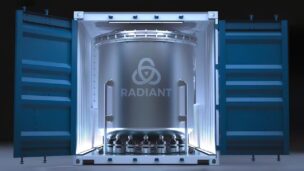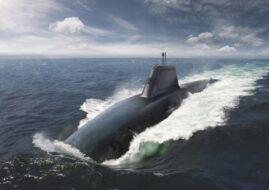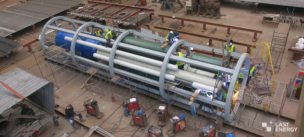Over the weekend, the US surreptitiously sent a fleet of B-2 stealth bombers armed with bunker-buster bombs and a submarine carrying Tomahawk missiles to target three nuclear infrastructure facilities in Iran.
For years, Iran has insisted upon its right to enrich uranium, saying that it aims to develop its domestic nuclear energy program. While it’s true that Iran operates several research reactors, one working nuclear power plant, and is building more with Russia, its multiple uranium enrichment facilities regularly enrich uranium to 60%—much higher than the 3–5% needed to fuel a commercial reactor.
The strikes over the weekend in Operation Midnight Hammer aimed to keep Iran from creating weapons-grade uranium and, by natural extension, nuclear weapons.
The targets: The three sites in Iran targeted in the US attack each housed centrifuges and other machinery and infrastructure needed to enrich uranium.
- Fordow: A uranium enrichment site, where centrifuges are stored deep underground. The attack began here, according to the US timeline of the operation.
- Natanz: The country’s main enrichment site, also with infrastructure deep underground. The US also used bunker-buster bombs to target Natanz. 14 bombs in total were deployed between Fordow and Natanz.
- Isfahan: The purported center of Iran’s nuclear program was struck by more than two dozen Tomahawk missiles launched by a US submarine. The attack destroyed many aboveground facilities, including a conversion site. Isfahan is where Iran keeps its stockpile of enriched uranium, per the Nuclear Threat Initiative.
Though the strikes did significant damage to these three key sites and dashed much of Iran’s uranium-enrichment dreams, there’s still doubt as to whether the job is done. While President Trump called Operation Midnight Hammer a “very successful attack” that left the facilities “completely and totally obliterated,” satellite imagery indicates that the Tomahawk missiles that targeted Isfahan may not have destroyed underground tunnels holding the stockpile of 60% enriched uranium.
VP JD Vance addressed the stockpile issue in an interview with ABC News. “What we know is they no longer have the capacity to turn that stockpile of highly enriched uranium to weapons-grade uranium, and that was really the goal here,” Vance said on “This Week.”
According to the IAEA, the UN’s nuclear watchdog, off-site radiation levels are still normal.
Lead Reporter of Ignition





